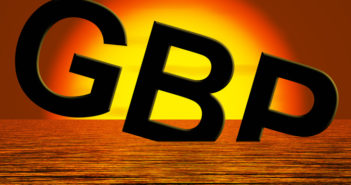The GBP/USD kicks off a busy week around 1.3100 as tension mounts towards the Bank of England’s decision. Where next for the pair?
The Technical Confluences Indicator shows that the pair faces a dense congestion of levels around 1.3112. This cluster consists of the Fibonacci 23.6% one-week, the Simple Moving Average 5-1h, the SMA 50-4h, the Bolinger Band 15m-Middle, the BB 1h-Middle, the SMA 10-1h, the SMA 1010-4h, the SMA 50-15m, and more. A few additional important lines defend 1.3112.
If the pair overcomes the hurdle, it faces another resistance area close by. At 1.3132, the following lines converge the Fibonacci 38.2% one-week, the SMA 200-15m, the SMA 30-1h, the SMA 5-1d, the one-day high, and the SMA 100-1h.
Further up, it may have a bit more room to run until 1.3214 which is the confluence of the Fibonacci 38.2% one-month and the Bolinger Band 4h-Upper.
The GBP/USD has some downside support at 1.3085 which is the meeting point of the Pivot Point one-day Support 1 and the one-day low. Nevertheless, these are not top-tier technical levels.
Further down, 1.3017 is the confluence of the Pivot Point one-month Support 1, the PP one-day S3, and the BB one-day Lower.
This is how it looks on the tool:

Confluence Detector
The Confluence Detector finds exciting opportunities using Technical Confluences. The TC is a tool to locate and point out those price levels where there is a congestion of indicators, moving averages, Fibonacci levels, Pivot Points, etc. Knowing where these congestion points are located is very useful for the trader, and can be used as a basis for different strategies.
This tool assigns a certain amount of “weight†to each indicator, and this “weight†can influence adjacents price levels. This means that one price level without any indicator or moving average but under the influence of two “strongly weighted†levels accumulate more resistance than their neighbors. In these cases, the tool signals resistance in apparently empty areas.
Learn more about Technical Confluence



